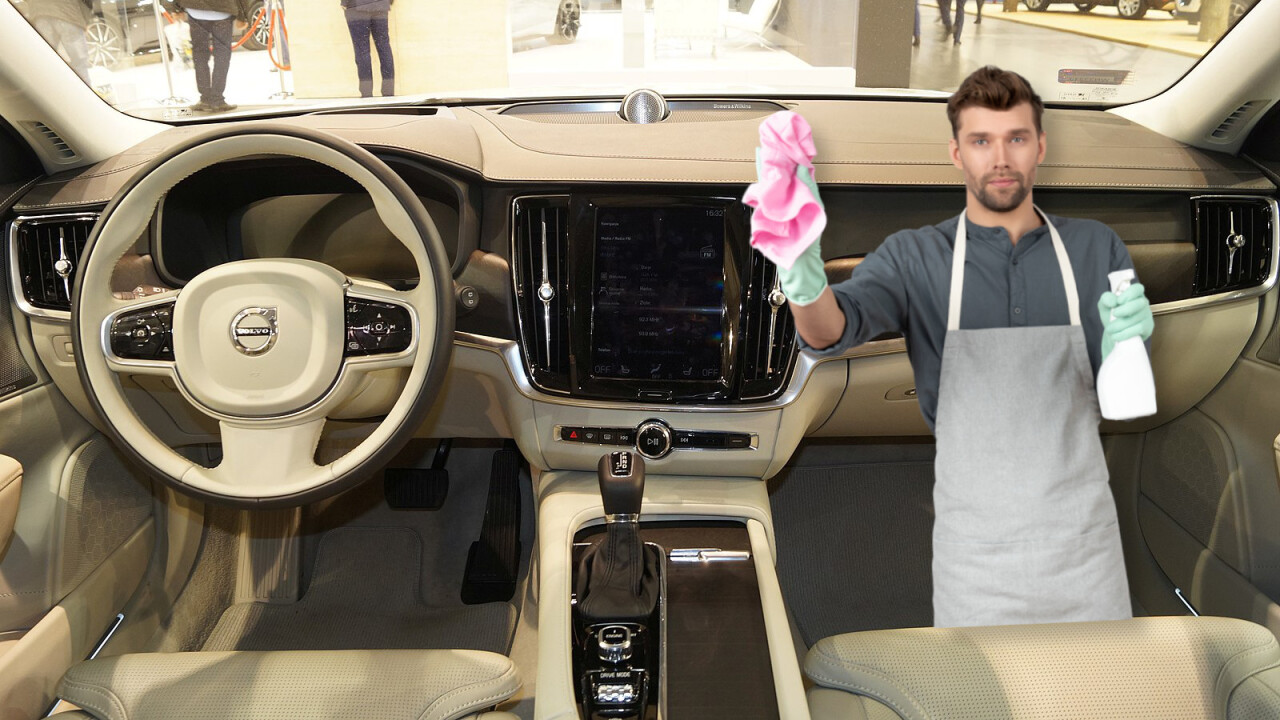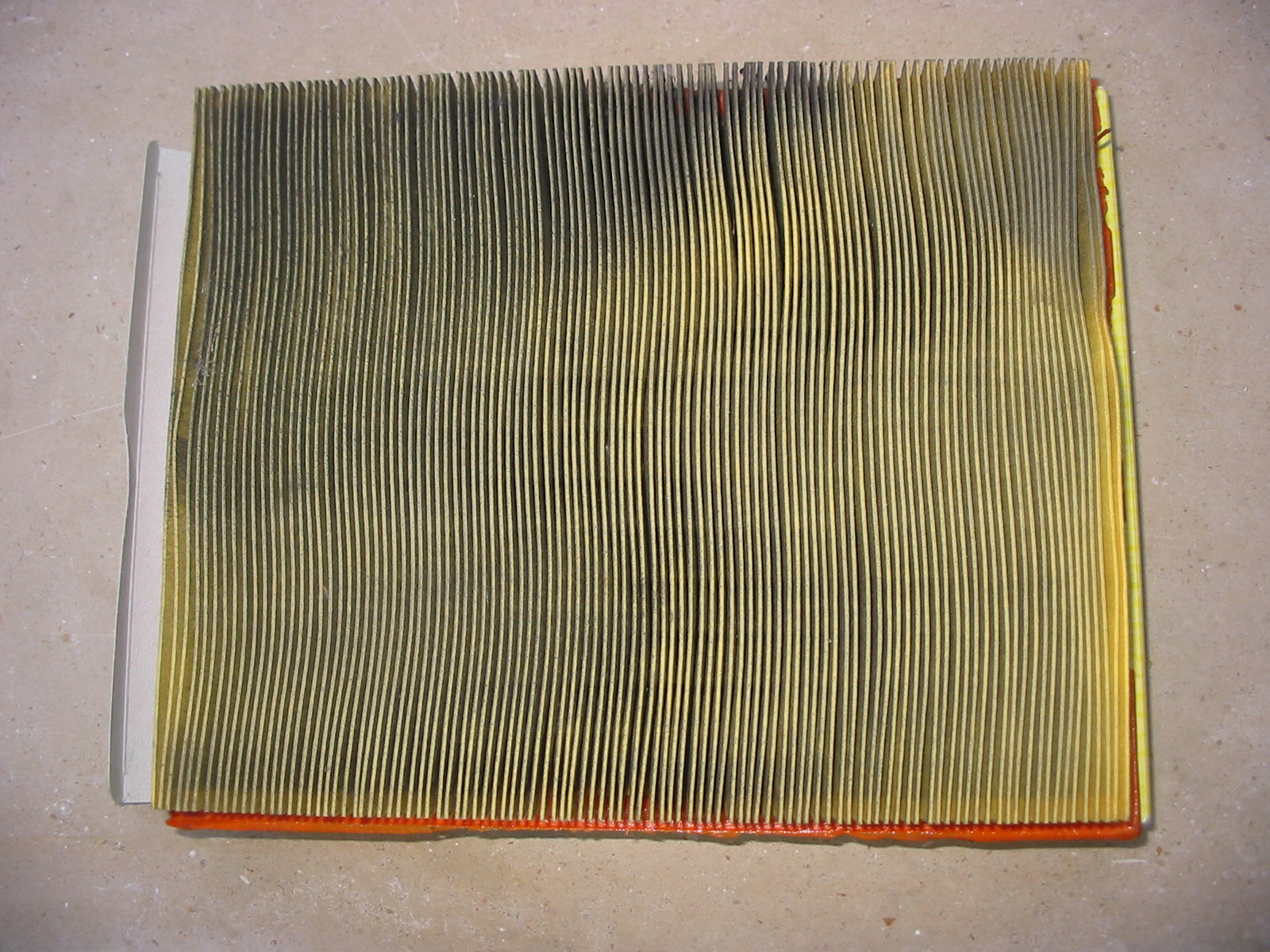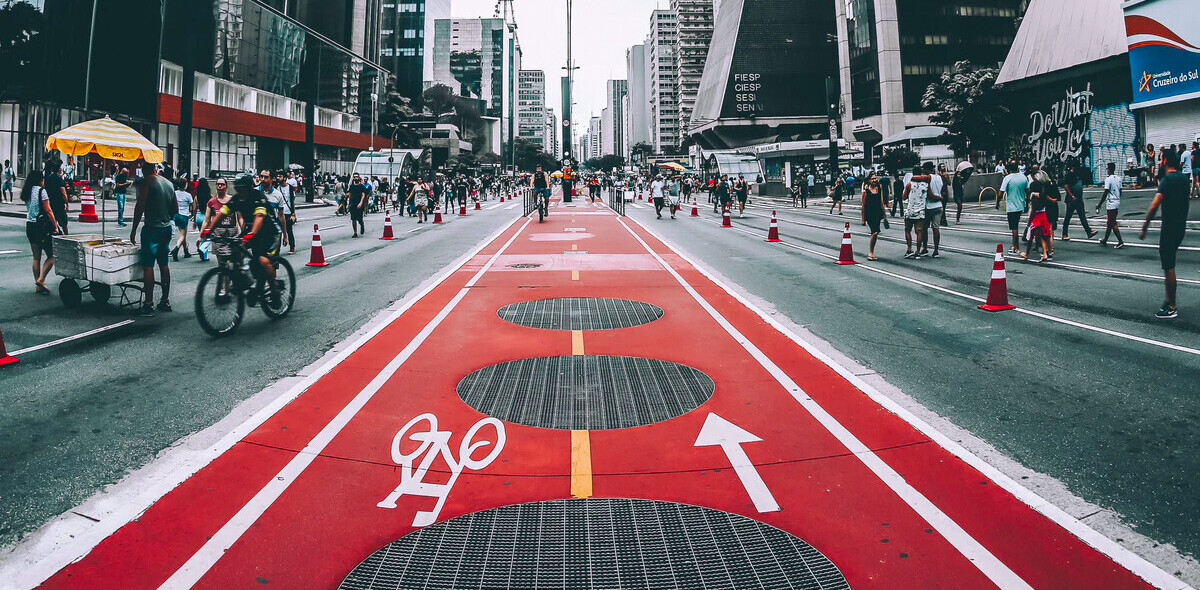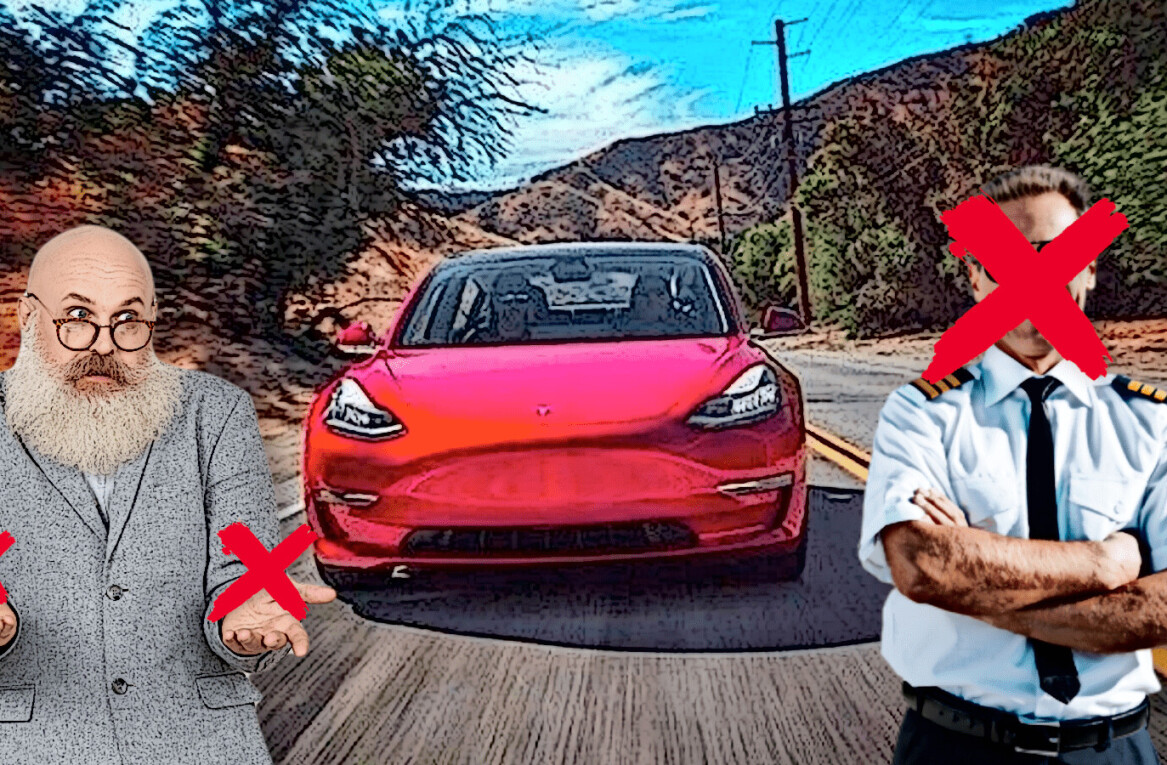
When sitting in traffic in your car, it’s easy to feel safe and distant from the world outside. Cocooned in a metal shell, protected from what’s on the other side of body panels and glass. But there’s a hidden danger that you can’t see: fine particulate matter called PM2.5, or in other words, microscopic smog.
Sitting in traffic jams or at red lights, which happens a lot with urban driving, is incredibly bad for your health. A study from the University of Surrey in 2016 found that, when stuck in a queue, pollution levels inside your car can increase by 40%.
While most cars have some kind of air filtration system, they’re not created equal and can still let harmful particulate matter into the cabin. This kind of pollution is very damaging to respiratory and cardiovascular health, it’s a recognized carcinogen and it can penetrate deep into a person’s lungs because of how fine the particules are.
Volvo wants to set a new standard, though, and is introducing improved cabin air filters on its S90 and S60-based family sedans that it claims can filter up to 95% of fine PM2.5 particles, Engineering and Technology reports.
[Read: This nifty chart compares cost of EVs to their range to find the best value]
The filters come as part of a larger system Volvo has recently introduced on its high-end vehicles, which it called Advanced Air Cleaner tech. The system also uses a PM2.5 sensor to monitor particulate levels in the cabin, which it says no other car on the market has.
Under normal operation, air is exposed to a high-voltage ioniser, which removes tiny pollutants from the air by applying an electrostatic charge to attract them to a filter plate of opposing charge. After this, the air passes through a synthetic fibre-based air filter and enters the cabin.

Volvo’s system also uses cabin sensors to automatically close off the external air supply and recirculate the cabin’s air through its purification systems. Volvo says doing this keeps 95% of PM2.5 particles outside the cabin.
[Read: 5 things to know when you’re buying your first electric vehicle]
All that said, it’s worth knowing that this isn’t the first time Volvo has made such claims, but this time it seems a little more sure about how effective its system is.
Back in 2014, a Wall Street Journal article reported Volvo’s claims that its air filtration systems were 90% to 99% effective against PM2.5.
At the time, experts were skeptical. However, their criticisms mostly came from the fact that air filtration systems need to be maintained, filters need to be replaced, and high-voltage ionisers need to be cleaned to keep them performing at their best.

Back then, it seems cars didn’t have air quality sensors in the cabins so it was hard to know if the system was effective long-term. Hopefully, that’s a thing of the past now, though.
Qian Hua, ex-deputy head of the research institute of atmospheric environment at the Shanghai Academy of Environmental Sciences, told WSJ: “As time passes, you must replace the filter with a new one. Otherwise, it won’t work. In general, they keep their effectiveness for about six months.”
Indeed, while 95% effectiveness might sound great, and it is, if you drive in heavy traffic, the best fix is to reduce pollution all together, and remove PM2.5 emitting vehicles from the roads entirely. After all, cyclists and pedestrians don’t have the luxury of air filters.
Tesla has made similar claims about its air filtration systems, saying that it filters “99.7% of fine particulate matter and gaseous pollutants, as well as bacteria, viruses, pollen and mold spores.”
Of course, both of these are manufacturer claims, so take them with a pinch of salt. If there’s anything we can learn, it’s to replace your filters regularly!
So you like mobility? Then join our online event, TNW2020, where you’ll hear how data, autonomy, and connectivity are fueling the future of mobility.

Get the TNW newsletter
Get the most important tech news in your inbox each week.




